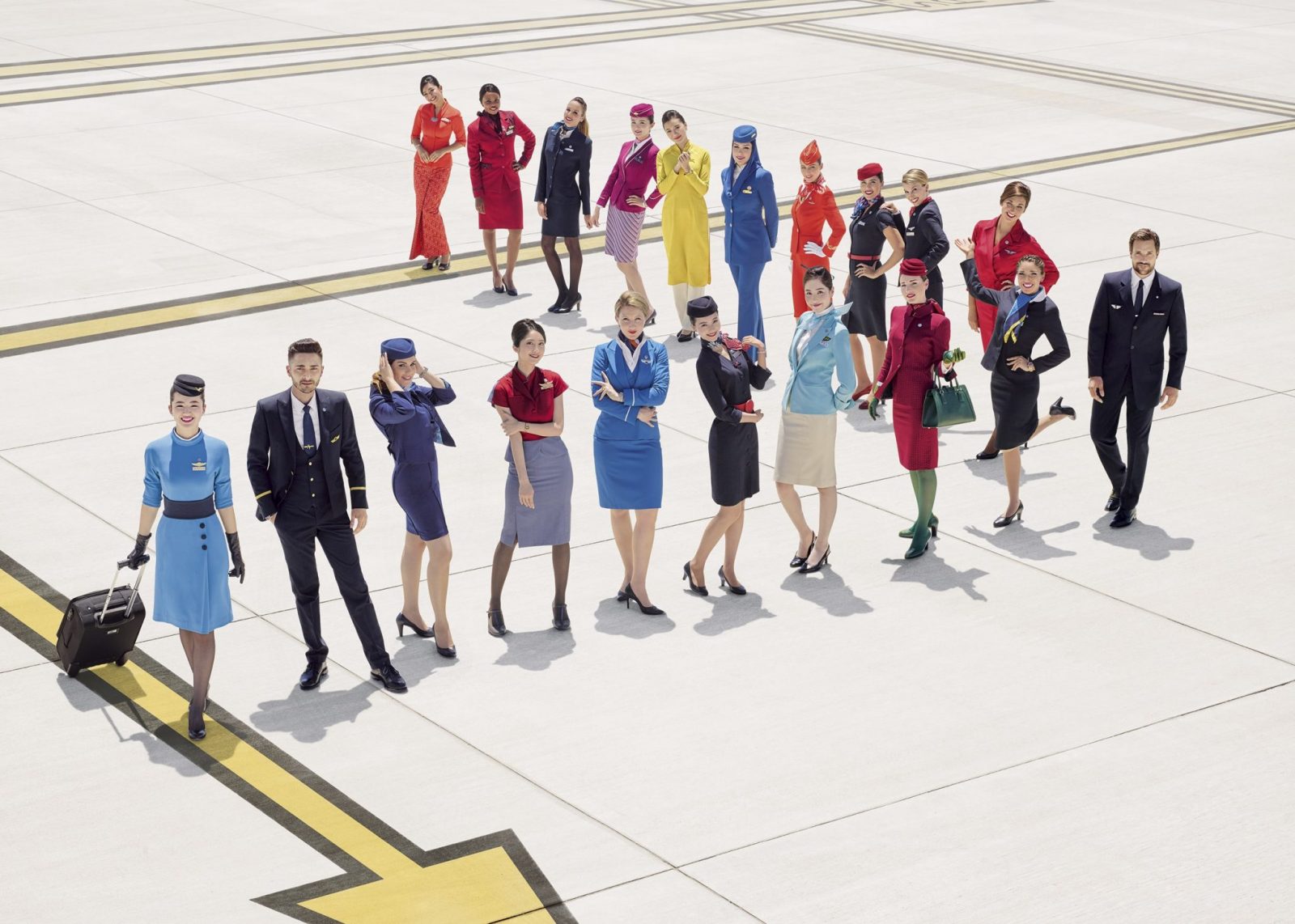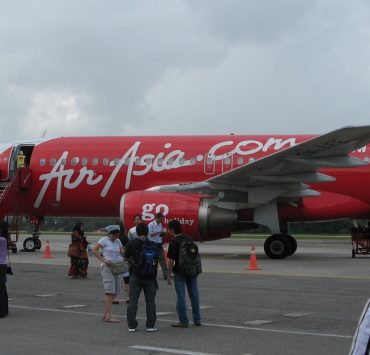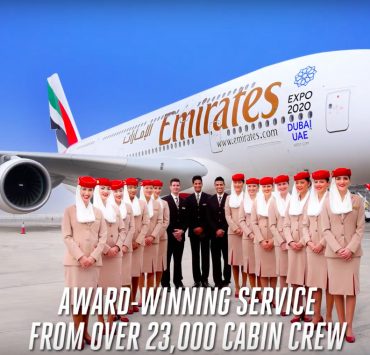
From his office in Amsterdam, Perry Cantarutti is the 25-year aviation veteran, charged with overseeing the strategy and business plan for the Skyteam Alliance. Formed 17 years ago, Skyteam’s founding members – Delta Air Lines, Aeromexico, Air France and Korean Air – created the alliance in the realisation there just wasn’t enough room for them in the existing global alliances – Oneworld and Star Alliance.
Since its inception, Skyteam has grown to 20 member airlines – expanding its reach around the world. That includes the Russian carrier, Aeroflot as well as Saudia and MEA in the Middle East. Meanwhile, Kenya Airways represents Africa and both China Airlines and China Eastern have joined the alliance.
Through its network of airlines, Skyteam now reaches over 1,000 destinations across the Earth. Its members carry around 730 million passengers every year with the primary aim of moving people seamlessly from point A to B on multiple carriers.
Despite its successes, however, Skyteam still can’t get passengers everywhere they might want to go. The alliance covers about 80% of the world but there are big gaps in both Brazil and India – something Cantarutti thinks there are opportunities to improve.
Yet the chief executive, formally a senior vice president at Delta Air Lines, who made the jump to Skyteam two years ago is more concerned about technology and ancillary revenues rather than expanding the alliances global reach.
“Going forward, many of the opportunities for SkyTeam involve technology,” says Cantarutti.
“It’s a challenge for 20 different technology systems to be integrated in a way that meets customer expectations about how they want to travel, with the ability to book and make changes, choose seats and more across multiple carriers. Then add in that customers want to do all these things from their mobile phone and you get a sense of the challenge.”

Cantarutti doesn’t just think this is a ‘nice to do’ but an essential part of what Skyteam will offer its members going forward. Customers, after all, expect a seamless experience and want their status recognised on whatever of the member airlines they happen to be flying on.
They don’t really care whether there are 20 different airlines with 20 different computer systems. It’s what Cantarutti calls the ‘invisible moments’ of air travel – allowing the different airlines to communicate with one another to ensure that both passenger (and their luggage) get to their final destination without a hitch.
Yet it’s about even more than that. After all, there are plenty of airlines who offer codeshare and interline agreements without being part of a formal airline alliance. But Skyteam, like any good alliance, should be able to recognise status, offer a personalised service and one that is consistent no matter what airline you fly on.
“One of the fundamental promises of SkyTeam is that the customer will experience a level of quality and reliability among all the members. Creating and sustaining that seamless experience is something we’re always working on, but for customers, it’s just a basic expectation,” says Cantarutti.
And it’s surprising how a small difference can make a huge impact on the passenger’s perception of a journey. Just look at American Airlines, a founding member of the Oneworld alliance who decided to cut free alcohol from their international routes. The impact that tiny decision had on the passenger experience across all the member airlines meant AA was forced to return complimentary alcohol – at least with the dinner service.

One thing which probably isn’t such a surprise is Skyteam’s new focus on ancillary revenues. Cantarutti points out that a single booking across multiple carriers makes it difficult for airlines to upsell products to passengers. That’s something he wants to change.
Next year, the alliance will begin a pilot with Delta and Aeromexico to make that process easier. The idea is to allow airlines to plug into one another’s computer systems to make upgrades and ancillary revenue products available across the board on whatever platform the passenger chooses.
This all comes as analysts question the need for global alliances – and those questions extend to how committed even the airlines are to the programmes they are members of. Cantarutti’s old employer and Skyteam member, Delta Air Lines has already forged a major joint venture with Virgin Atlantic – who isn’t a member of any airline alliance and doesn’t have any plans to join either.
Cantarutti, however, doesn’t see this as a threat to the existence of Skyteam: “I see it as a good thing. In many cases those relationships started as codeshares through SkyTeam,” he says of several joint ventures that members airlines have embarked upon.
“We welcome joint ventures and stronger business relationships because they almost always involve a more-integrated customer experience and that helps to strengthen the SkyTeam alliance.”
By the way, Cantarutti sits on the board of Virgin Atlantic.

Like most airline alliances, Skyteam is based not only on offering a seamless journey but also the business of loyalty. Collecting status from member airlines and having that status recognised by all the other members. But as airline loyalty programmes face constant devaluations by the airlines who run them, a new style of alliance could completely rewrite the strategy.
It comes in the form of ‘Worldwide by easyJet’ – a British low-cost carrier which has teamed up with like-minded airlines to offer a connections service at a fraction of the cost of traditional alliances.
The service launched in September with easyJet, Norwegian and Canada’s Westjet as the launch partners. Weeks later and four more airlines have already joined the programme.
On this point, Cantarutti doesn’t yet have a public opinion to share. He would be fooless, however, to ignore the threat of the low-cost upstarts into this lucrative market.
Mateusz Maszczynski honed his skills as an international flight attendant at the most prominent airline in the Middle East and has been flying throughout the COVID-19 pandemic for a well-known European airline. Matt is passionate about the aviation industry and has become an expert in passenger experience and human-centric stories. Always keeping an ear close to the ground, Matt's industry insights, analysis and news coverage is frequently relied upon by some of the biggest names in journalism.









